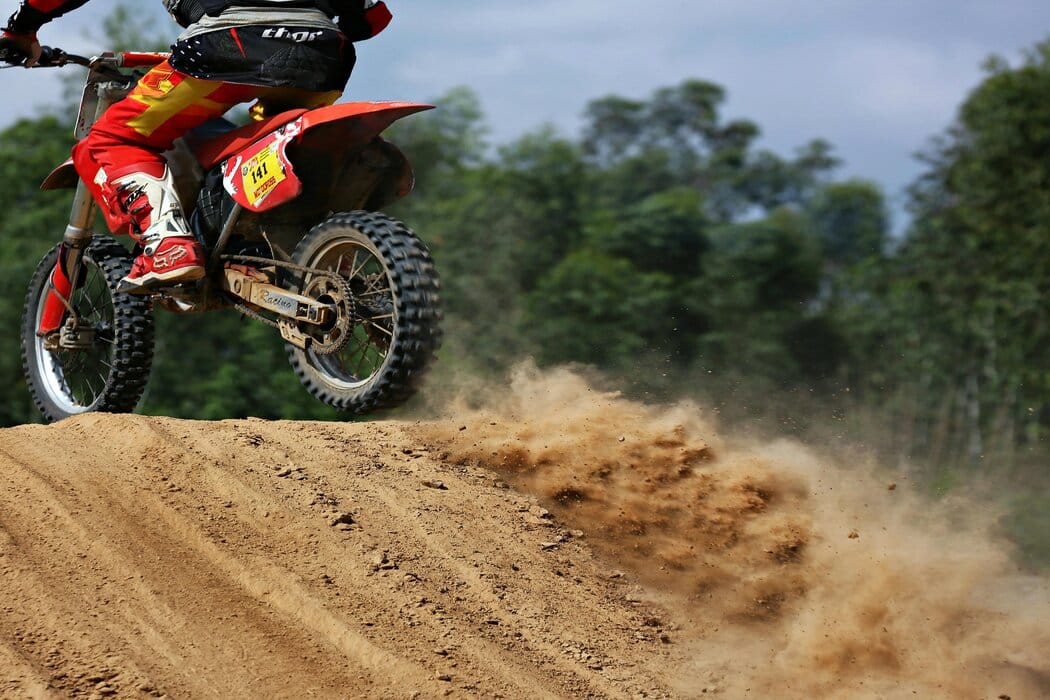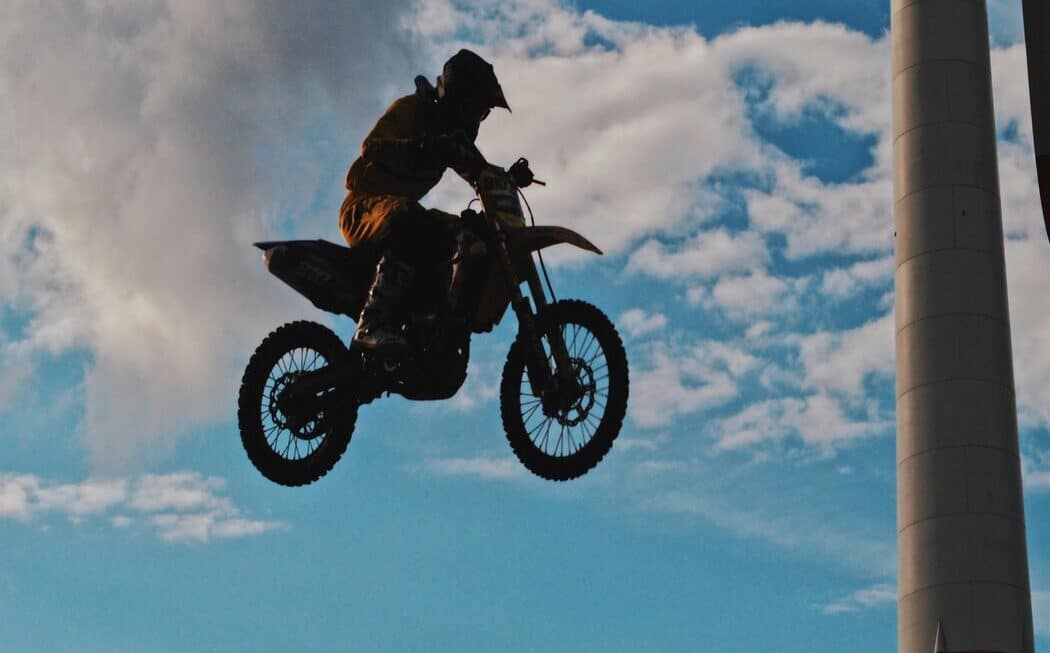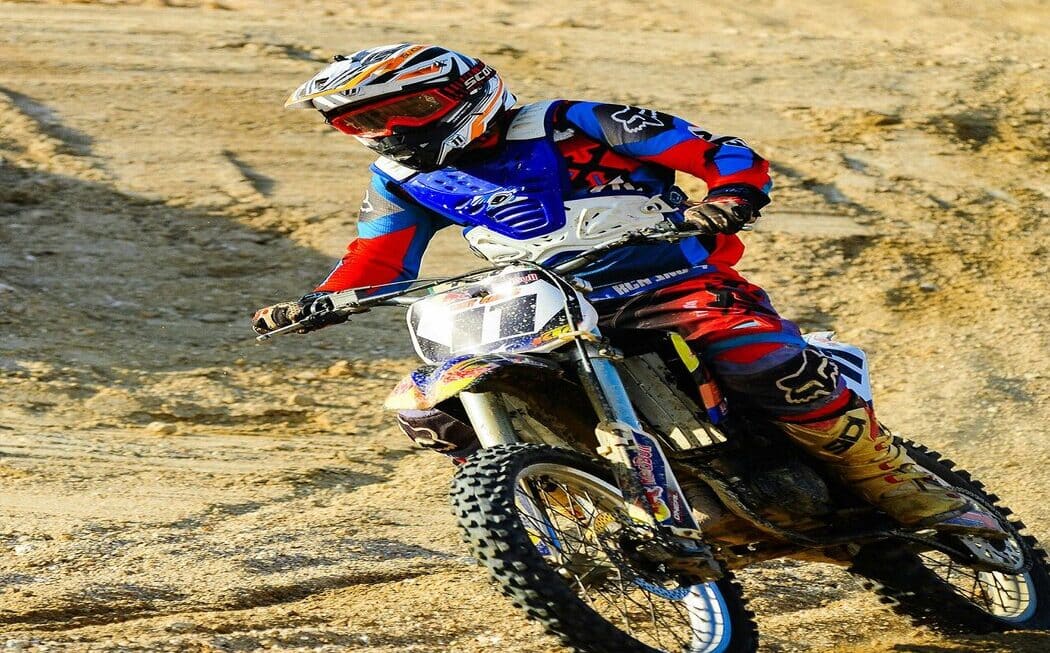As a dirt bike enthusiast, you have an unyielding passion for the outdoors, a love for the purr of an engine, and an endless fascination with adventure. But amid the thrill of the ride, have you paused to consider how many hours you’re actually putting on your bike?
While there’s no one-size-fits-all answer, understanding the implications of your dirt bike’s “mileage” can significantly impact your riding experiences, your safety, and even your pocketbook. In this guide, we’ll dive deep into the concept of ‘a lot’ when it comes to dirt bike usage and explore not just the numbers but the nitty-gritty details every rider needs to know.
Understanding Dirt Bike Usage
Before we quantify ‘a lot’, let’s grasp the variables. The number of hours a dirt bike can endure without extensive wear and tear is influenced by several key factors. The type of riding you do is crucial. Cruising along a trail at a leisurely pace is vastly different from the relentless pulls and jumps of motocross. Enduro and trail riding often result in more gentle usage, as opposed to the high-speed acrobatics of freestyle motocross.
Terrain plays its part, too. The unforgiving grit of a desert or the viscous mud of a trail after a downpour can accelerate wear on your bike’s components. And let’s not forget about maintenance – the level and frequency of upkeep practices can dramatically affect the longevity of your machine.
Understanding these influences is the first step in gauging the significance of the hours you ride. It’s not just about logging the time; it’s about the intensity and maintenance between those hours.
Determining Excessive Hours
But how many hours are too many? While there isn’t a universally agreed-upon number, there are general guidelines riders can consider. For most modern dirt bikes, surpassing the 100-hour mark is when components, such as the piston, valves, and rings, may show signs of fatigue. This, of course, assumes regular maintenance and calm riding.
It’s important to listen to your bike. If you notice a drop in performance or strange noises developing, even at lower hours, it’s an indication that something might be amiss. Riders who clock significant hours weekly or monthly should be especially vigilant, as their bikes are “aging” rapidly in terms of usage.
Signs to Watch For
So what are these signs of ‘aging’ in the world of dirt biking? You should be on the lookout for:
- Loss of power: A decrease in torque and acceleration can be indicative of internal components wearing down.
- Increased vibration and noise: Unusual rattling or whining can signal issues with the clutch, gears, or engine.
- Excessive dirt and grime: This can lead to corrosion and deterioration of various parts.
These signs are your bike’s way of saying, “I need a check-up!”
Impact of High Usage
Pushing a dirt bike beyond its recommended thresholds can lead to performance issues, safety concerns, and higher maintenance costs. As critical components wear down, the risk of mechanical failure increases, potentially leading to a crash or an accident. High usage also takes a toll on your pocket, with parts replacements and maintenance adding up swiftly.
In terms of safety, a well-maintained bike will handle unpredictabilities much better, providing a crucial safety net for riders. With certain bike components, it’s not a question of ‘if’ but ‘when’ they’ll fail, so it pays to stay ahead of the maintenance curve. Plus, the last thing you want during a race or a mountain jump is for your bike to act erratically due to a lack of care.
Mitigating High Usage Effects
You’re a rider, not a collector. Dirt bikes are meant to be ridden, and ridden hard; that’s the appeal. So, what can you do to savor the ride without sowing the seeds of premature aging in your bike?
The Impact of Advanced Maintenance
Advanced maintenance extends beyond the routine check-ups and adjustments; it delves into a critical examination of the dirt bike, promoting performance and durability. Advanced techniques, such as dynamic suspension tuning and engine mapping, can dramatically impact a bike’s handling and power delivery, catering it to the rider’s style and the specifics of the track or terrain.
Advanced diagnostics tools also play a pivotal role in preemptively pinpointing issues that might not be evident during standard maintenance checks. By embracing a comprehensive maintenance strategy, riders can ensure minor issues are addressed before they escalate into major failures, ultimately enhancing the ride quality and extending the lifespan of the bike. This proactive approach to care ensures that a dirt bike is always in its optimal state, increasing both rider safety and overall satisfaction with the machine’s performance.
Best Care Practices
Hosing down your bike after each ride, using quality oils, and storing your bike appropriately can go a long way in preserving its components. Certain after-market products can also help in keeping your bike in top shape.
Extending the Lifespan of Your Dirt Bike
To keep your dirt bike running smoothly for years to come, a proactive approach to maintenance and riding habits is critical. Here are some tips to help extend the lifespan of your motorcycle:
- Strict Maintenance Schedule: Adherence to a strict maintenance schedule cannot be overstated. Regular servicing, including changing the oil, cleaning the air filter, and replacing fluids, will prevent undue wear on the engine and other components.
- Gentle Break-In: Properly breaking in a new dirt bike is fundamental. Avoid pushing the bike too hard during its initial hours to ensure the engine’s longevity.
- Quality Parts and Fluids: Invest in high-quality parts and fluids. They may come at a premium, but they will keep your bike in prime condition and lessen the frequency of repairs.
- Ride Smart: Adjust your riding technique to match the terrain and the bike’s capabilities. Avoid harsh riding styles that put excessive stress on the bike.
- Regular Inspections: Periodically inspect your bike for any signs of wear or damage. Identifying small issues early can prevent them from becoming major problems.
- Clean System: Keep the bike clean. A build-up of dirt and debris can cause overheating and corrosion, which compromises the bike’s integrity.
- Storage: When not in use, store your dirt bike in a cool, dry place away from direct sunlight to prevent damage to its parts from weathering.
By following these best practices, you can prolong the service life of your dirt bike and ensure it remains reliable and ready for your next adventure.
Conclusion
So, how many hours is a lot for a dirt bike? The answer isn’t straightforward, but the underlying principle is clear – responsible riding and careful maintenance ensure that your prized machine stays with you for the long haul. It’s about balance. Embrace the adventure but treat your partner with the respect it deserves. After all, the dirt bike community isn’t just about the ride; it’s about caring for the ride, too.



